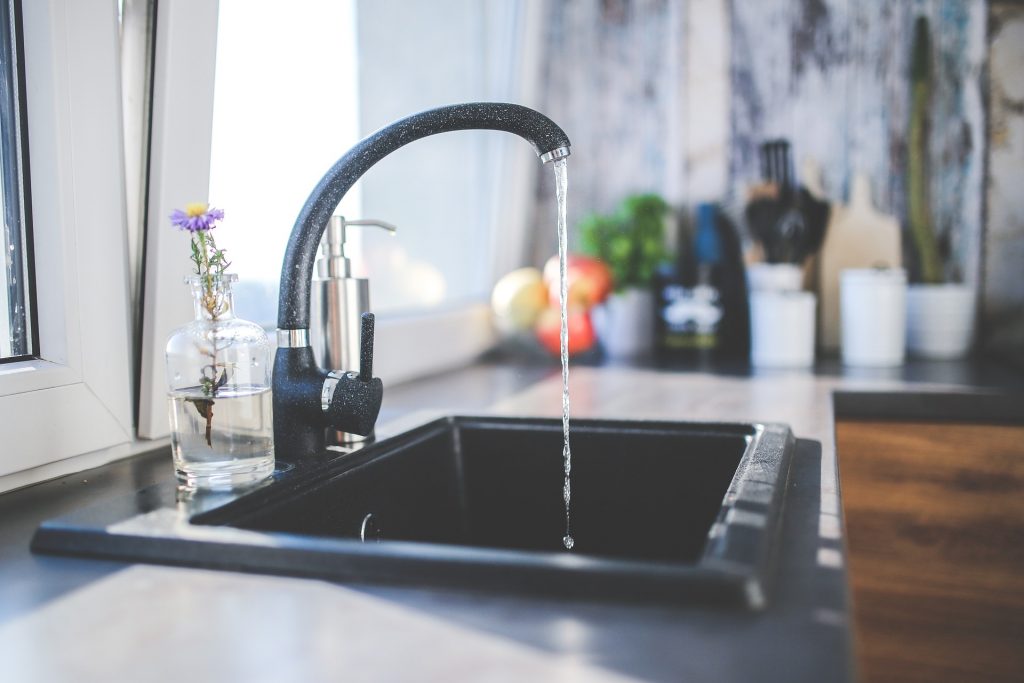
How to Conserve Water in Schools: Sustainable Solutions
Share
In today's rapidly advancing world, where technology integrates into every aspect of our lives, the conversation around conserving natural resources has never been more crucial. Schools, as educational and community hubs, play a pivotal role in modeling sustainable practices. Understanding how to conserve water in schools is not just about reducing utility bills; it's about instilling a sense of responsibility in the next generation. This article dives into practical and innovative methods that schools can adopt, leveraging technology to make a significant impact.

The Importance of Water Conservation in Educational Institutions
Water conservation is a critical issue that transcends beyond domestic settings into public and institutional spaces, including schools. Given the large number of students and staff, schools have a unique opportunity to lead by example. Implementing water-saving measures not only helps in cutting costs but also in educating students about the importance of sustainable living.
One of the primary reasons to focus on how to conserve water in schools is the sheer volume of water consumption in educational settings. From drinking fountains to restrooms, the potential for excessive water use is significant. By adopting technology and innovative practices, schools can greatly reduce their water footprint.
Smart Technologies for Water Management
Incorporating smart technologies is a game-changer for schools aiming to conserve water. IoT (Internet of Things) devices, for example, can monitor and manage water usage efficiently. By installing smart meters, schools can track water consumption in real-time, identifying leaks or areas of high usage that need attention. For more insights on smart technologies, check out common misconceptions about dual-flush toilets.
Automated Systems
Automating water systems can drastically reduce waste. Automatic taps and flush systems ensure that water is only used when necessary. This not only saves water but also promotes hygiene, an important consideration in school environments.
Rainwater Harvesting
Rainwater harvesting systems can be an effective way to supply water for non-drinking purposes. By collecting and using rainwater for irrigation and flushing toilets, schools can significantly cut down on their reliance on municipal water supplies. Learn more about the benefits of rainwater systems by exploring trends in renewable energy integration.
Educational Programs and Student Involvement
Educating students about water conservation is key to fostering a culture of sustainability. Schools can organize workshops, science projects, and interactive sessions that focus on the importance of conserving water. By involving students in the process, schools can empower them to become advocates for sustainability in their communities.
Incorporating water conservation topics into the curriculum can also help reinforce these values. By teaching students about the science behind water conservation and its environmental impacts, schools can cultivate informed and responsible citizens.
Community Engagement
Schools can extend their influence by engaging parents and the local community in water conservation efforts. Hosting events and providing resources can help spread awareness and encourage broader community participation. For practical tips on water conservation at home, visit ways to save water at home.
Infrastructure Improvements
Beyond technology and education, schools can make significant strides in water conservation through infrastructure improvements. Upgrading to water-efficient fixtures, such as low-flow toilets and faucets, can greatly reduce water usage. For more information on water-saving fixtures, explore our article on low-flow toilet savings.
Leak Detection and Repair
Regular maintenance checks are essential to identify and repair leaks promptly. Schools should implement routine inspections to ensure that plumbing systems are functioning efficiently. Addressing leaks not only conserves water but also prevents potential damage to school facilities.
For more detailed guidance on water-saving measures, consider reading about low-flow shower heads.

FAQ: Common Questions About Water Conservation in Schools
How can schools involve students in water conservation efforts?
Schools can involve students through educational programs, interactive workshops, and by incorporating water conservation topics into the curriculum. Encouraging student-led projects and initiatives can also foster a culture of sustainability.
What are some cost-effective water-saving technologies for schools?
Cost-effective technologies include smart meters for monitoring water usage, automatic taps and flush systems, and rainwater harvesting setups. These technologies can significantly reduce water waste and are relatively easy to implement.
Why is it important for schools to focus on water conservation?
Focusing on water conservation is crucial for schools to reduce utility costs, promote sustainability, and educate students about the importance of preserving natural resources. By leading by example, schools can inspire students and the community to adopt sustainable practices.
